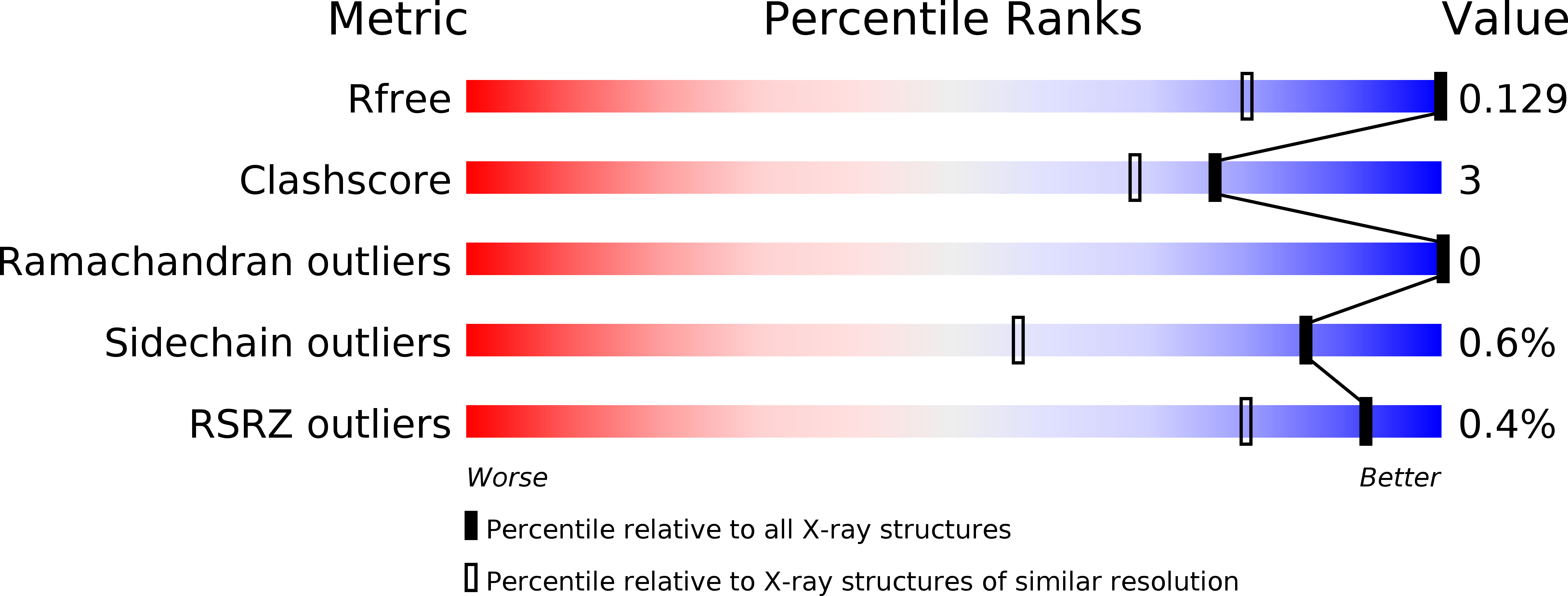
Deposition Date
2013-08-12
Release Date
2014-03-12
Last Version Date
2024-11-27
Entry Detail
Biological Source:
Source Organism:
Saccharopolyspora erythraea (Taxon ID: 1836)
Host Organism:
Method Details:
Experimental Method:
Resolution:
0.81 Å
R-Value Free:
0.12
R-Value Work:
0.10
R-Value Observed:
0.11
Space Group:
P 21 21 21


